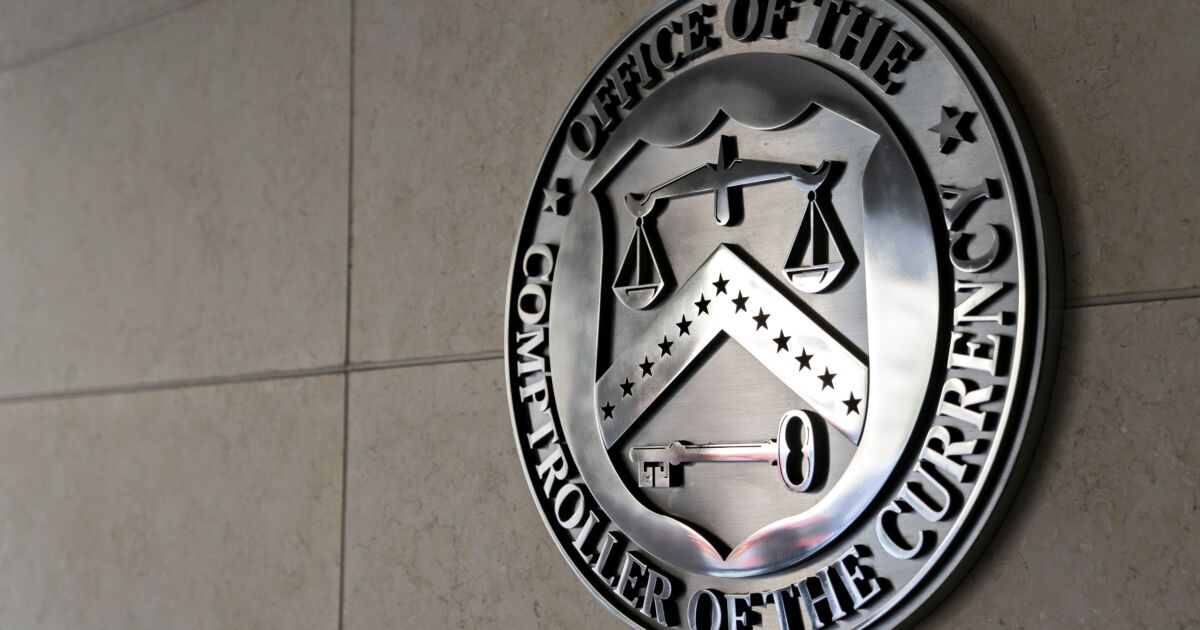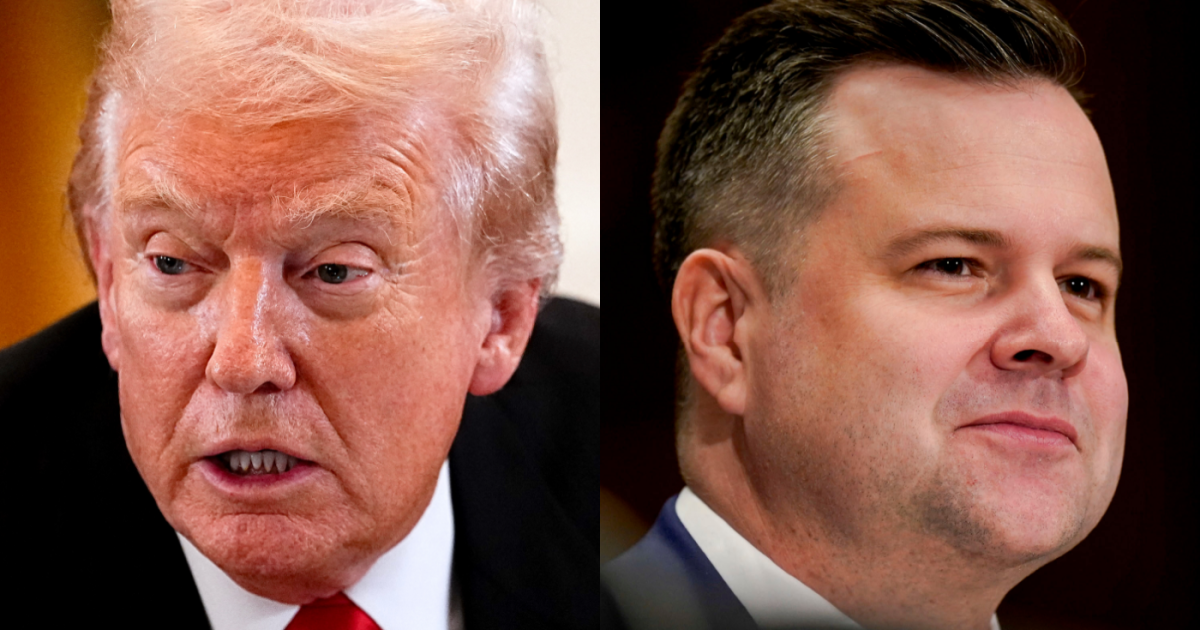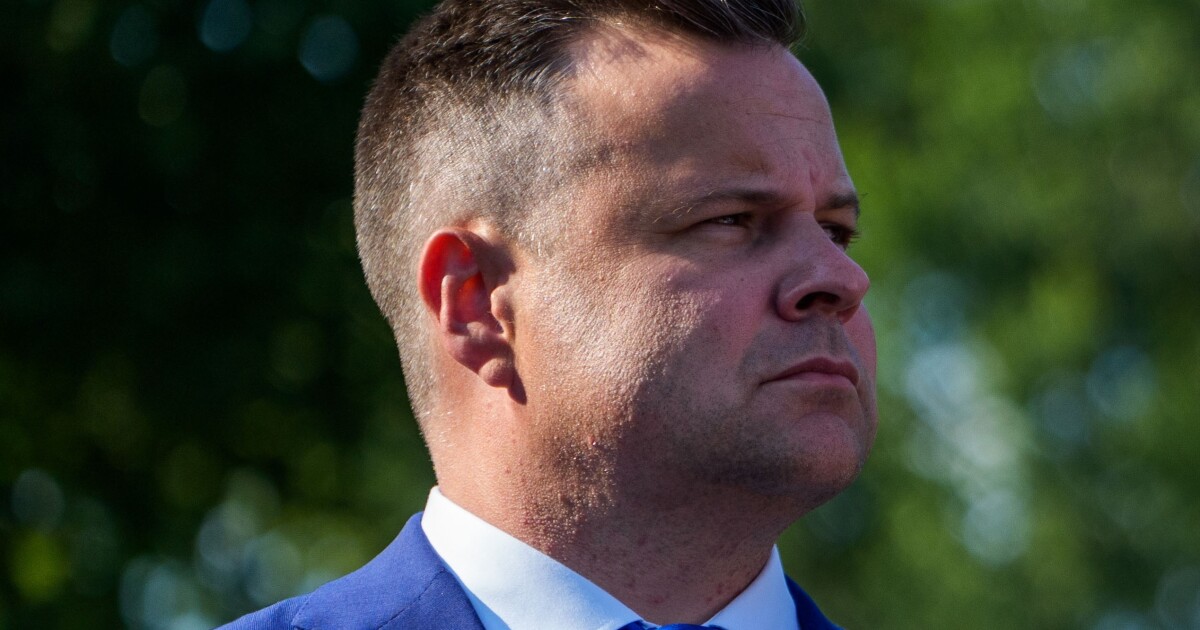
The Office of the Comptroller of the Currency will merge its large, midsize and community bank supervision units into a single office, according to an agency announcement on Wednesday.
According to the OCC, the change — which will result in a unified bank supervision and examination division — aims to streamline oversight and reduce inefficiencies at the regulator, which oversees nationally chartered banks.
"Blending the large, midsize and community bank supervision activities will allow for the seamless sharing of expertise and resources to address bank-specific issues or novel needs and provides opportunities for career development and progression for the agency's entire examination workforce," an agency release stated. "To ensure [our] approach to supervision evolves to better address today's challenges, align similar functions within the agency, and leverage opportunities for efficiencies."
Deputy Comptroller Beverly Cole, who oversees the agency's Midsize and Community Bank Supervisory unit, will retire after over four decades at the agency. Senior Deputy Comptroller Greg Coleman, currently overseeing large bank supervision, will lead the new unified division.
The agency says it will also revive the Chief National Bank Examiner office, which will be led by Jay Gallagher, the agency's senior deputy comptroller for supervision risk and analysis. The Chief National Bank Examiner office will include the division of Bank Supervision Policy and Supervision Risk and Analysis. Grovetta Gardineer, the senior deputy comptroller for bank supervision policy, will retire in May.
The OCC will also elevate its information technology and security operations under a new senior deputy comptroller. The organizational changes will take effect on June 2.
The OCC's action makes clear that internal reorganization is a real priority for the administration, even after talk of consolidating entire banking agencies
In December, the Trump transition team's reported consideration of merging major U.S. banking regulators — including by abolishing the Federal Deposit Insurance Corp. and absorbing its deposit insurance functions into the Treasury Department — reignited a longstanding debate about the feasibility of streamlining the patchwork of federal bank regulatory agencies.
Merging entire U.S. bank regulators is a project that would
According to a February survey of 465 senior community bankers conducted by Intrafi, a majority of bankers



